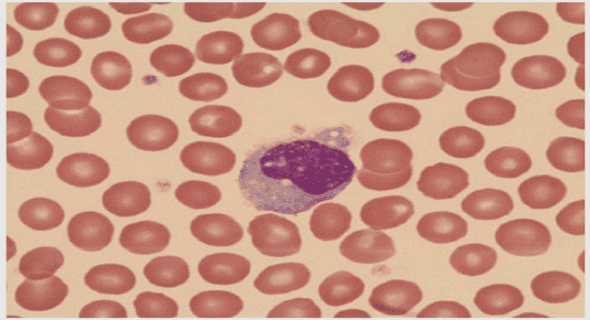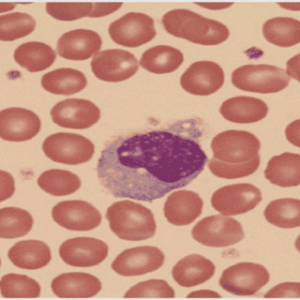(Downloads - 0)
For more info about our services contact : help@bestpfe.com
Table of contents
CHAPTER 1 – Imputation and low density SNP chip
1.1. Presentation of low density panels and imputation
1-1.1. The need of a cheap low density snp panel
1-1.2. Criteria to select markers to include in the low density panel
1-1.3. Defining imputation
1-1.4. Statistical basis of imputation
1.2. The different imputation software
1-2.1. The first experience of imputation in human genetics was based on population linkage disequilibrium
1-2.2. Imputation software specifically dedicated to animal populations, based on linkage and Mendelian segregation rules
1-2.3. Combining the 2 sources of information: population based linkage disequilibrium and linkage using family information
1.3. Measures of imputation accuracy
1-3.1. Error rate or Concordance rate
1-3.2. Counting per genotype or per allele
1-3.3. Correlation between true and imputed genotypes
1-3.4. Comparing phases or genotypes ?
1-3.5. Measuring consequences of imputation errors on genomic evaluations
1-3.6. Comparing genomic evaluations based on imputed genotypes
1.4. Article I Impact of imputing markers from a low density chip on the reliability of genomic breeding values in Holstein populations
1-4.1. Background
1-4.2. Objectives
1-4.3. Main results
CHAPTER 2 – Defining the most adapted low density panel
2.1. – Article II Short Communication: Imputation performances of three low density marker panels in beef and dairy cattle
2-1.1. Background
2-1.2. Objectives
2-1.3. Main results
2-1.4. Background and objectives
2-1.5. Main results
2.2. – A brief description of the routine imputation procedure implemented in France
CHAPTER 3 – Preferential treatment and bias in genomic evaluations
3.1. The bias induced by preferential treatment
3-1.1. an old issue in genetic evaluations
3-1.2. Why this old issue is highlighted by genomic selection
3-1.3. Preliminary study
3.2. Article IV Inclusion of cows performances in genomic evaluations and its impact on bias due to preferential treatment
3.3. Strategies applied by different countries regarding preferential treatment
3-3.1. North american consortium
3-3.2. Eurogenomics consortium
3.4. Evidences of a bias in genomic predictions when performances of genotyped cows are explicitly included
3-4.1. Evidences of bias in American genomic evaluations
3-4.2. Two kinds of biases: selected subpopulation and preferential treatment
3-4.3. Evidences of bias in French genomic evaluations
3.5. Possible solutions to deal with biases in the cow population
3-5.1. Discard genotyped cows from the reference population
3-5.2. Another solution: target specific cows for genotyping
3-5.3. Yet another solution: adjust cows performances
3-5.4. A key aspect: identify individuals subject to preferential treatment
CHAPTER 4 – Discussion: Genotyping females and genetic gain
4.1. Measures of genetic gain
4-1.1. The four pathways of genetic gain (Rendel and Robertson, 1950)
4-1.2. Applying Rendel and Robertson’s formula to compare breeding schemes
4-1.3. A stochastic simulation to assess the benefit of genomic selection over progeny-testing
4.2. Genotyping bull dams
4-2.1. A crucial pathway for genetic improvement
4-2.2. Issues related to the use of young animals as parents
4.3. Genotyping on farms: selecting cows to breed cows
4-3.1. Benefit at the national level and return on investment for the farmer
4-3.2. Benefits of genotyping for the dairy farmer
4-3.3. Interests of genotyping cows other than for selection
4-3.4. Discussion on the economic studies of the interest of genotyping heifers
4-3.5. One key aspect: the replacement rate
4-3.6. Practical decisions in herd management favored by genotyping heifers
4-3.7. From a vicious circle to a virtuous circle on functional traits
REFERENCES



